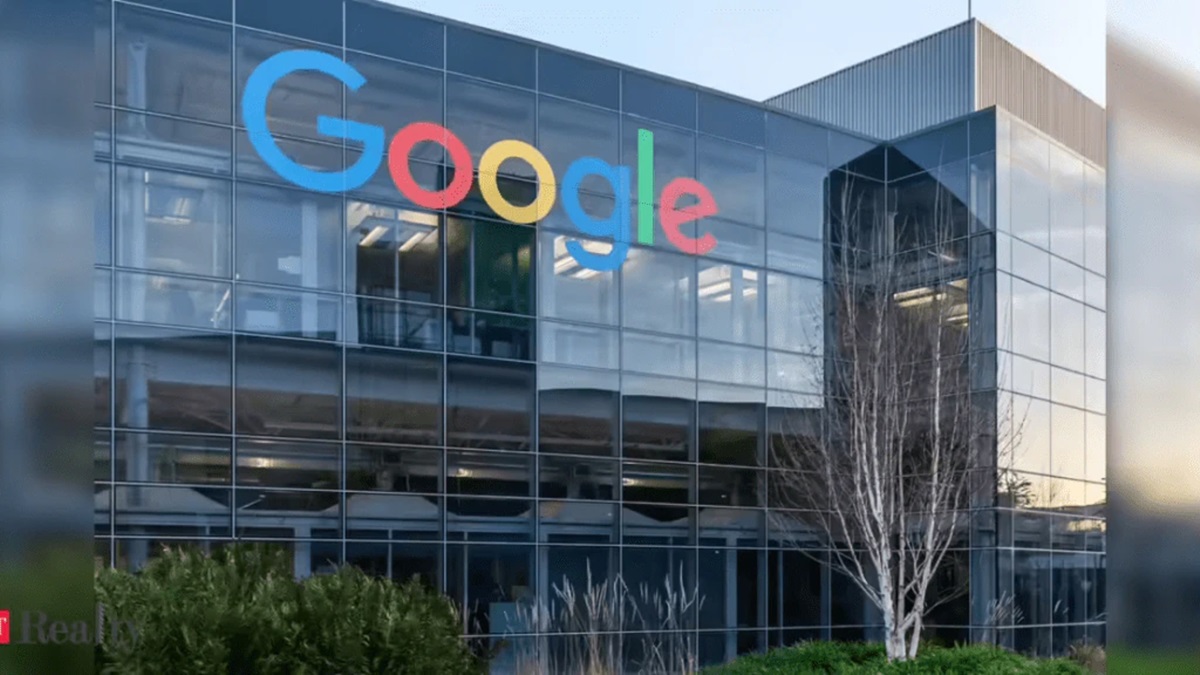The goalposts have moved in today’s job-hunting fintech market. Many people have worked hard throughout their entire careers. They have risen through the ranks, held senior leadership roles, and have been trusted to set direction and strategy. Until they faced redundancy and cost-cutting exercises. Now, after six months of job searching, their savings are dwindling, and the job market remains challenging with little sign of change. In 2024, the average job search duration for professionals in senior roles exceeded 5.5 months, up from 3.9 months in 2019. Despite hundreds of applications per role in the tech and fintech sectors, only 2% of applicants make it to the interview stage.
The current fintech hiring climate reflects three years of leaner attitudes toward recruitment. The focus has shifted to functionality and productivity, often at the expense of strategic and senior roles. Strong candidates, all experienced, capable, and qualified, are competing for fewer opportunities. This article shares 5 tips on how to give yourself the best possible chance of getting your next role.
Be Your Own Advocate
In today’s job market, conducting a flawless interview is not enough. You must be memorable, even days later, when hiring fatigued managers have seen too many applicants. You must be evidence-based so that when hiring managers face pressure not to hire at all, they know what value you will add and are willing to fight for you. Follow-up after the interview can tip the scales in your favour. This only works when you have been proactive and intentional at every step. Over-prepare by researching the company and the people you will see. Read their latest press, follow employee blogs or podcasts, and study their values and competitive landscape. Prepare strong, tailored responses to competency-based questions. Be specific with your answers, relevant using evidence-based answers, and confident in your success.
Once achieved, your follow-up must centre around advocating for yourself. This begins with thanking your interviewers and leaving them with a clear reminder of why you’re the best fit. If you’re working with a recruiter, ensure they follow up with a well-crafted message within 24 hours. If you’re managing this yourself, send that message directly. It may reach the hiring manager as they are deliberating between you and the next best candidate.
Find A Community
The emotional toll of job searching, especially in this market, cannot be overstated. Rejections are tough, and 61% of job seekers are negatively affected mentally by the prolonged unemployment. Finding a community can be a great confidence builder and offer a support structure. During her own search, Emily Baum, Senior Sales Climate Risk Solutions at FIS, created a peer-led job seeker community. They shared leads, discussed applications, and encouraged one another throughout the process. The support was powerful, and as members secured roles, they gave back by opening doors for others. Emily says she never knew how ‘lonely’ job searching could be, especially when you’re out of work. The community support helped her to “remove the stigma associated with being unemployed”. She said it “created external champions” of one another when it was needed most.
Bring Back The Personal Touch
Standing out in today’s market is not achieved through rushed automated emails. It is about precision, authenticity, and relevance. Tailored resumes receive more interviews than generic applications. Every resume should be relevant to the job. Assume your application will have humans and AI screening tools reviewing it. With this in mind, you want to think like an AI tool when checking your resume and cover letter. Look at the keywords and whether you have presented information using the verbiage described in the job advert. Your cover letter should align with the company’s mission and values. You then need to think about what a human reviewer is looking for: flair, character, persistence, authenticity, passion? If you demonstrate emotional intelligence about what the job requires, you’ll make all the difference.
Beyond the application, get creative and add personal touches. Send a handwritten note and attend industry events. Join meetups and communities that reflect your passion and knowledge. Candidates who engage with a company’s content or attend events are much more likely to be noticed and picked out of a pool of 300 resumes. Showcasing your craft is key. If you’re a technologist, share how you are learning and experimenting with new tools. If you’re in sales, make your presence felt at industry functions.




















